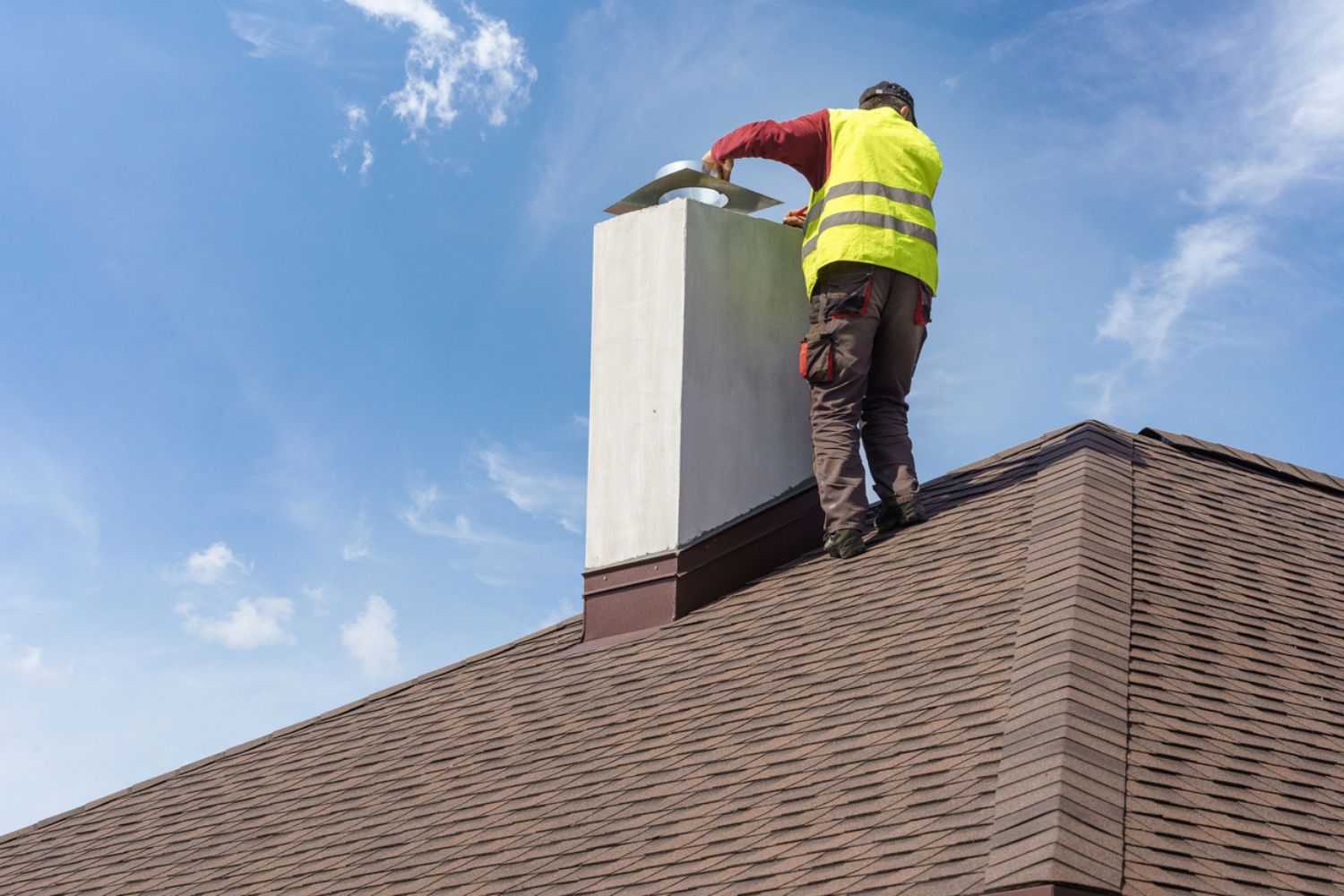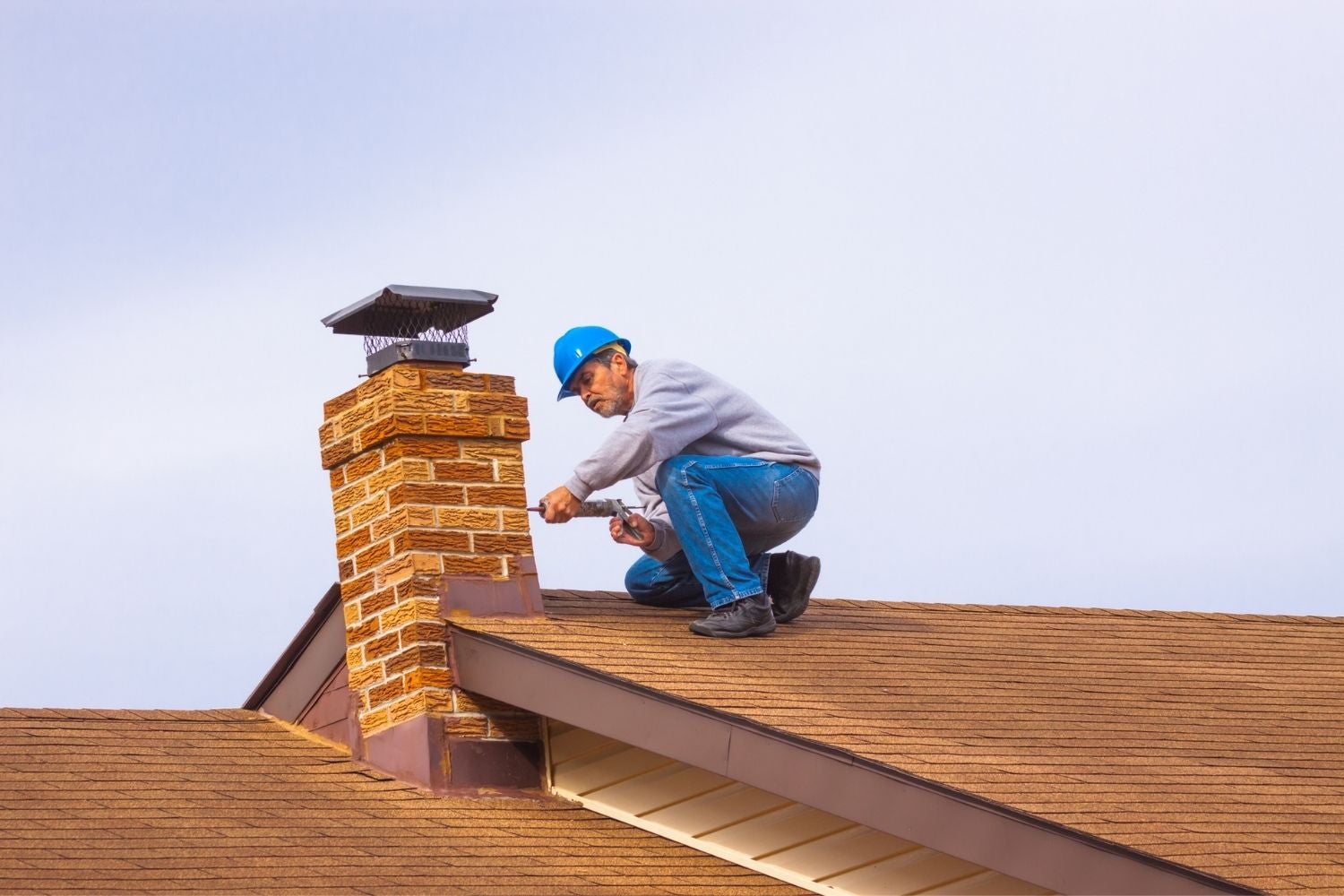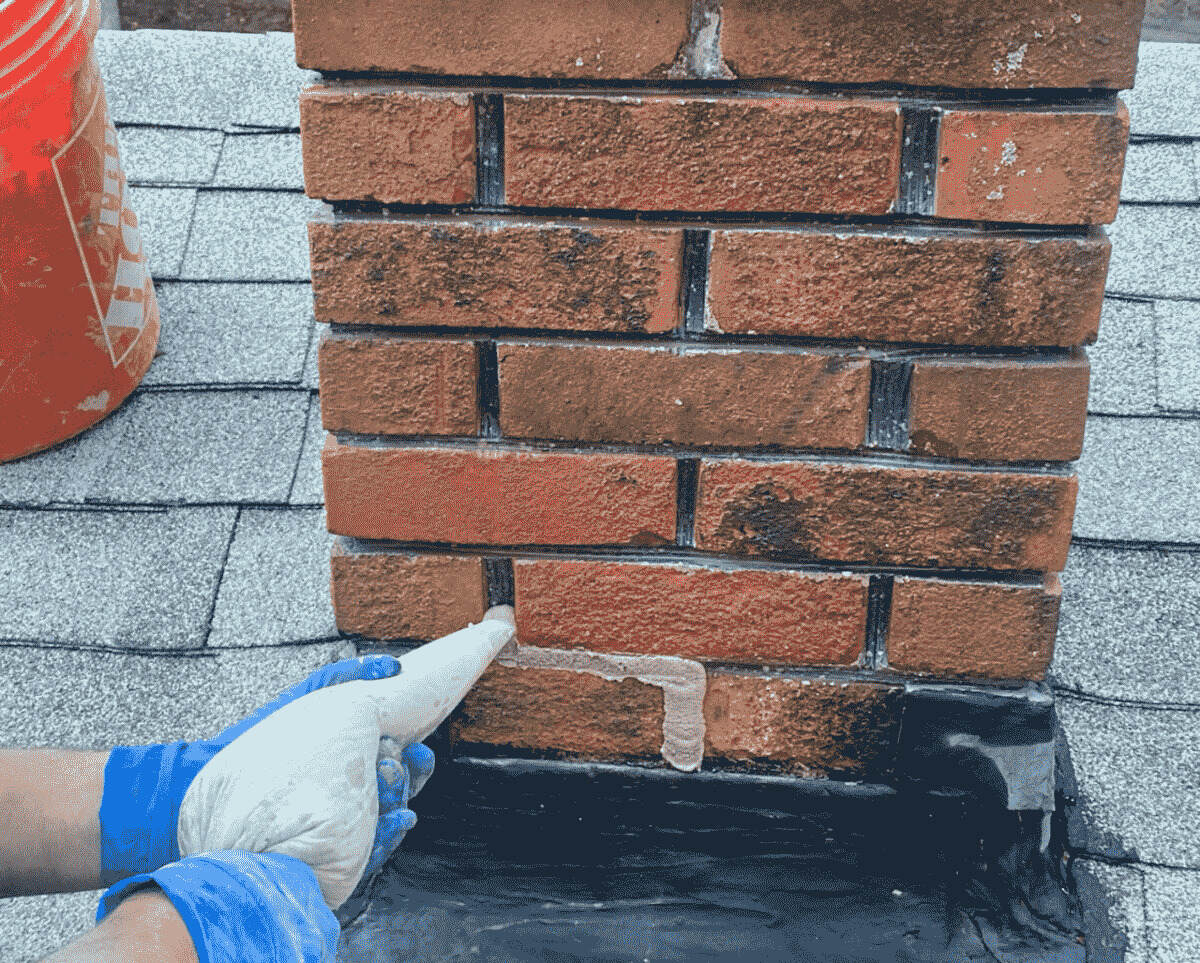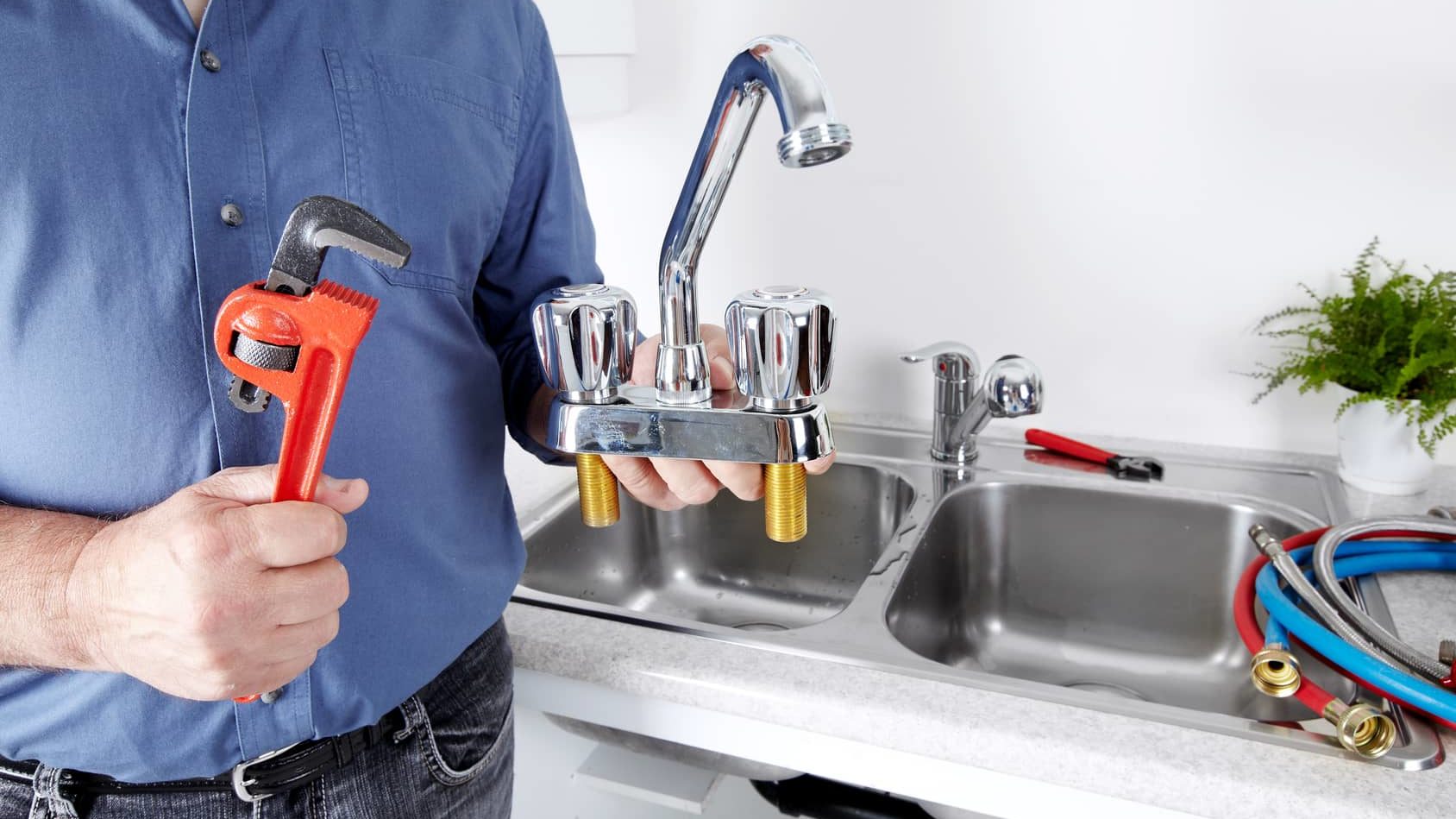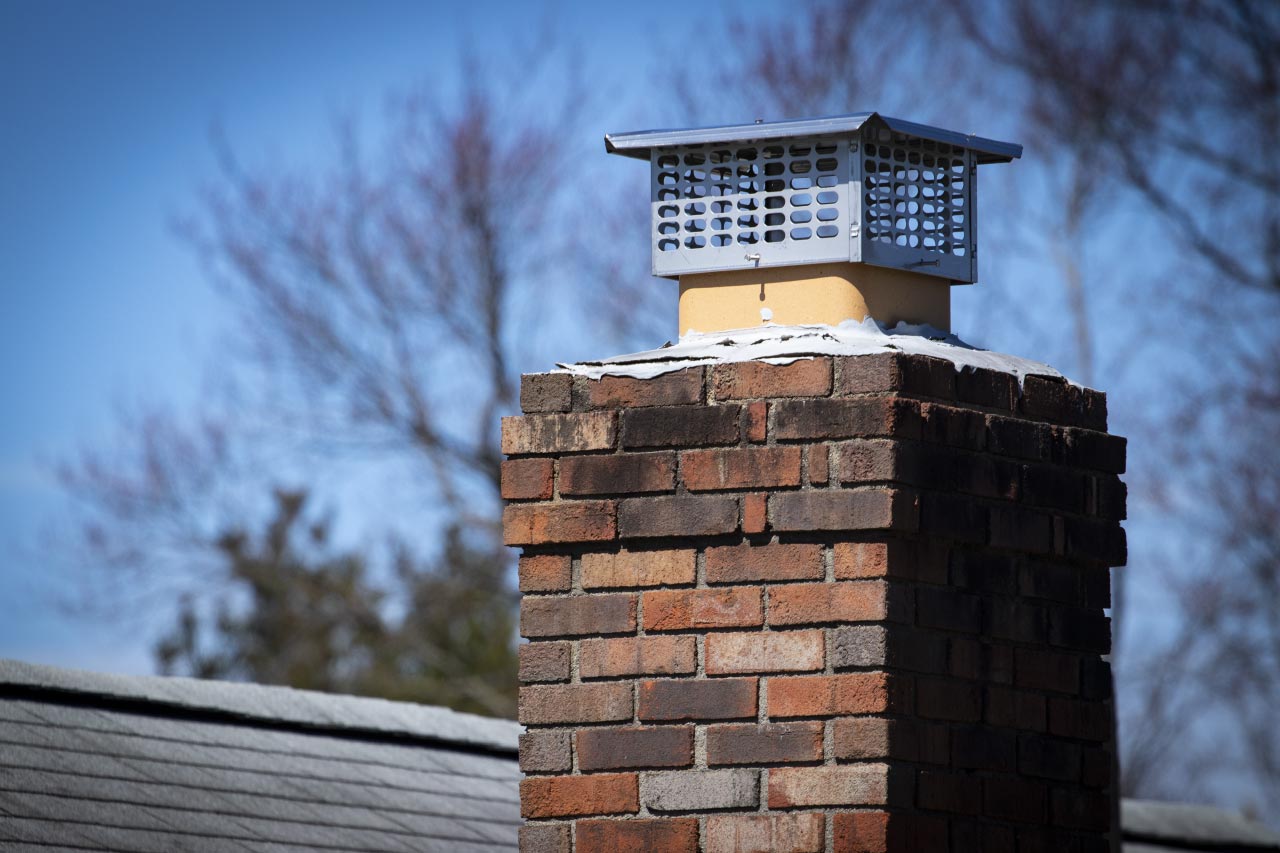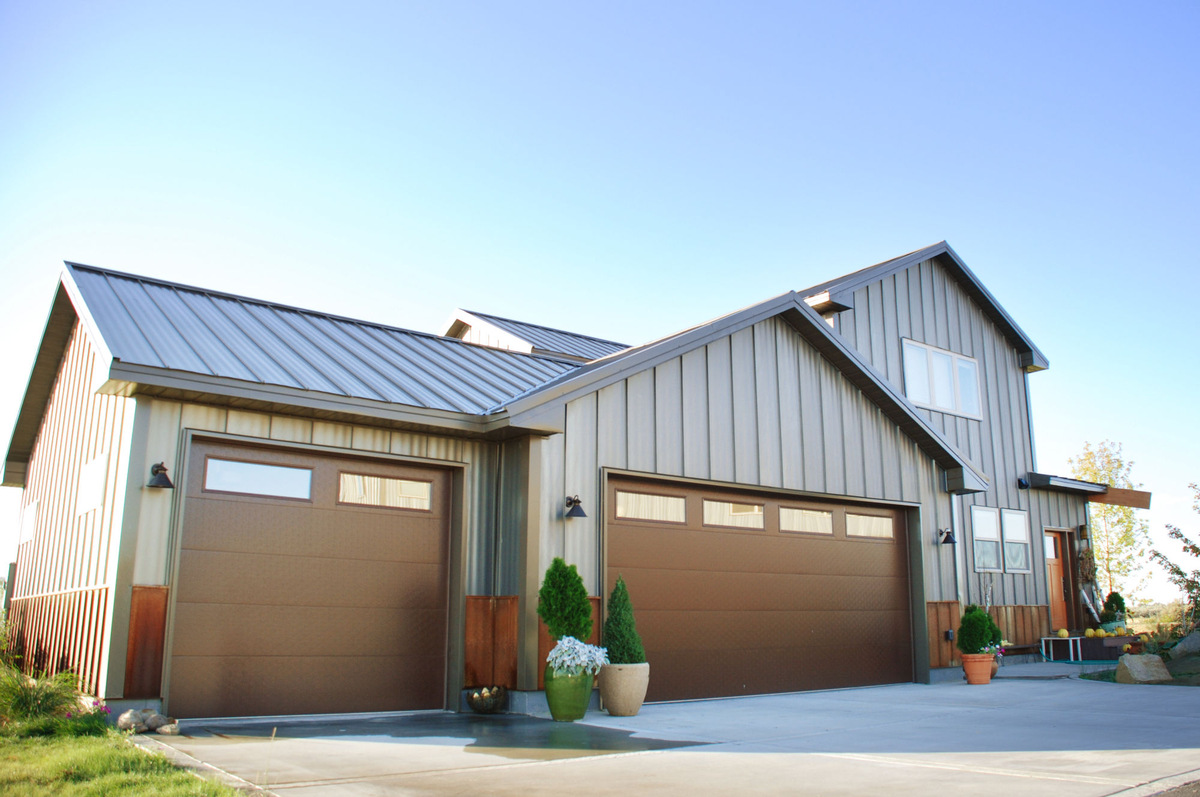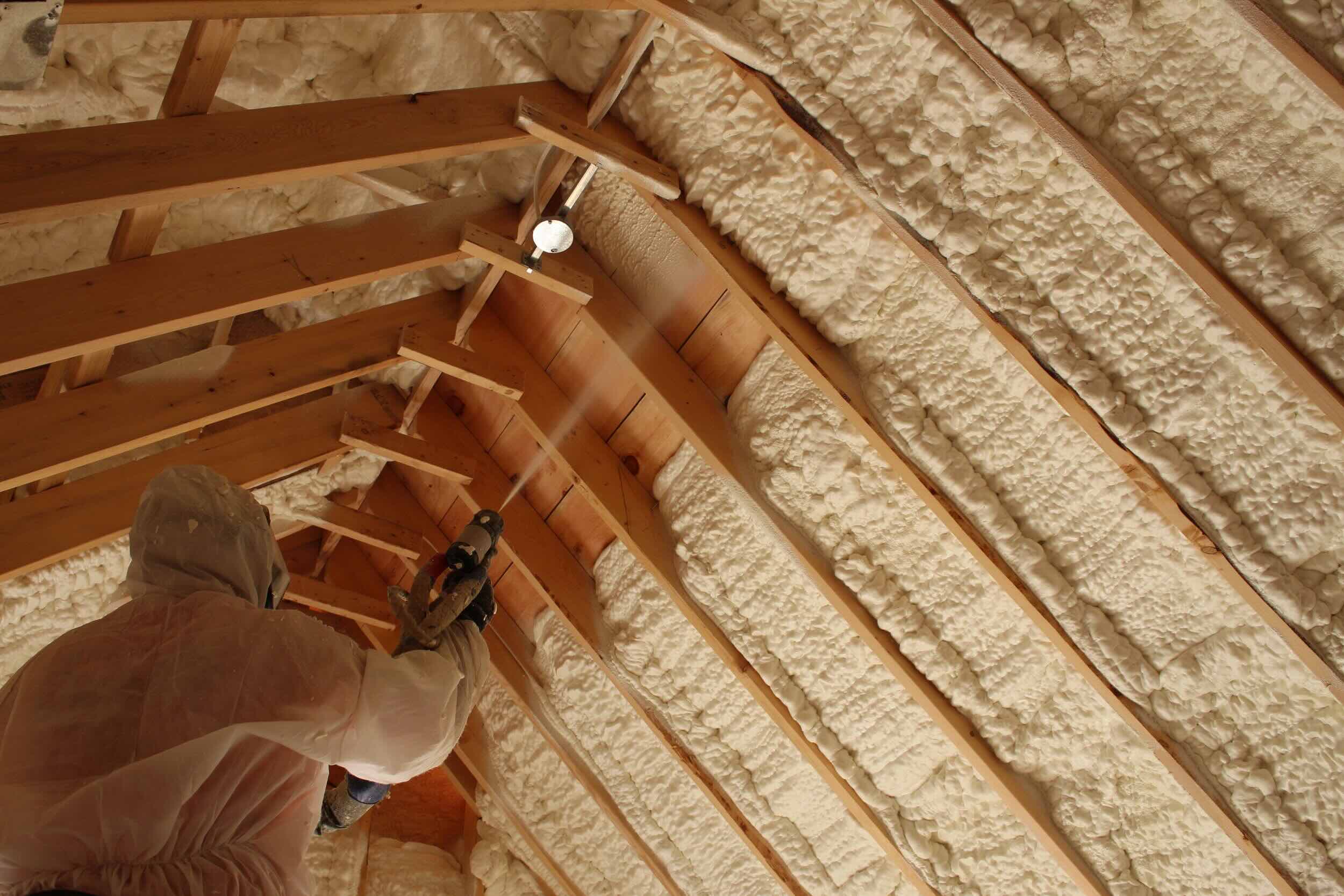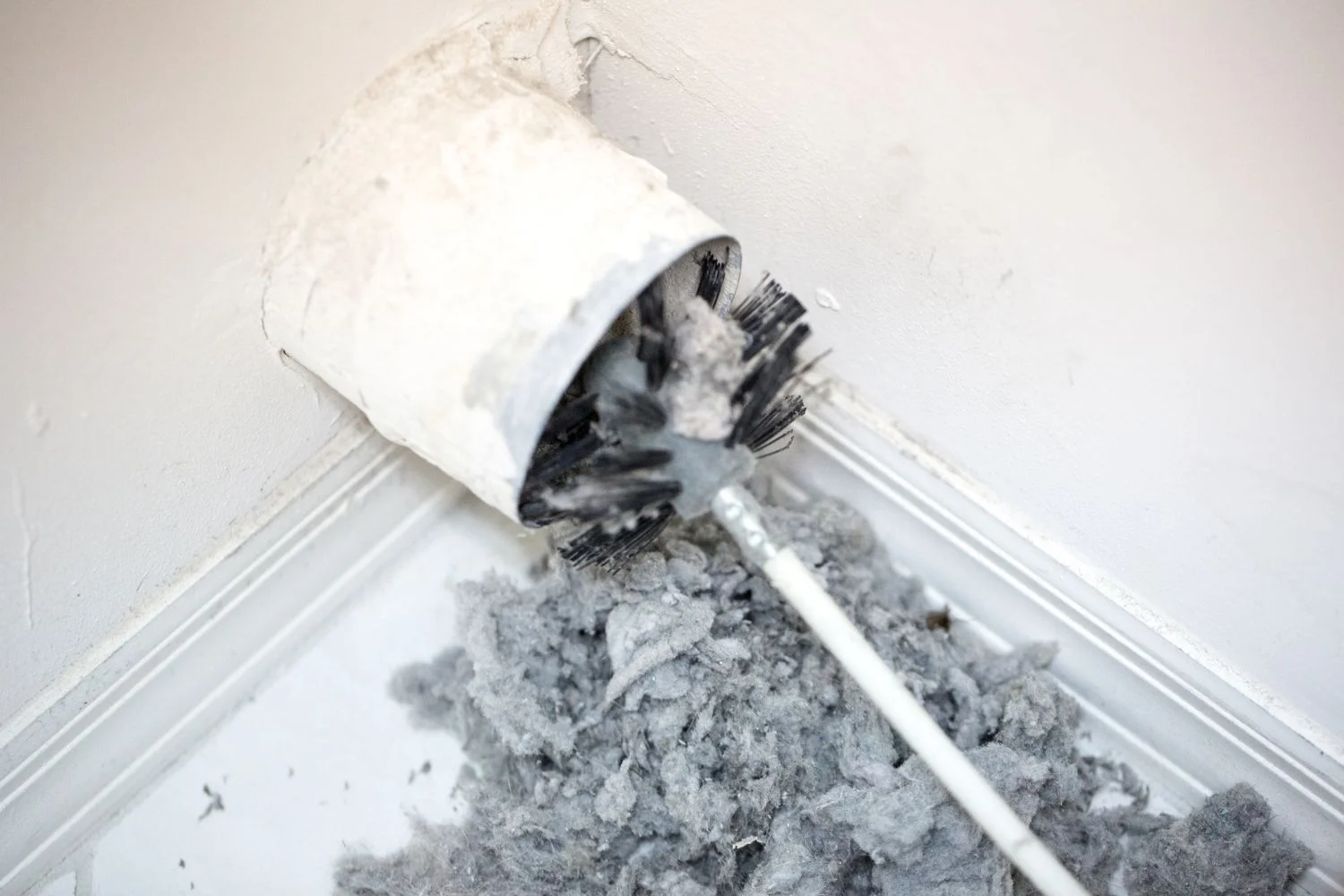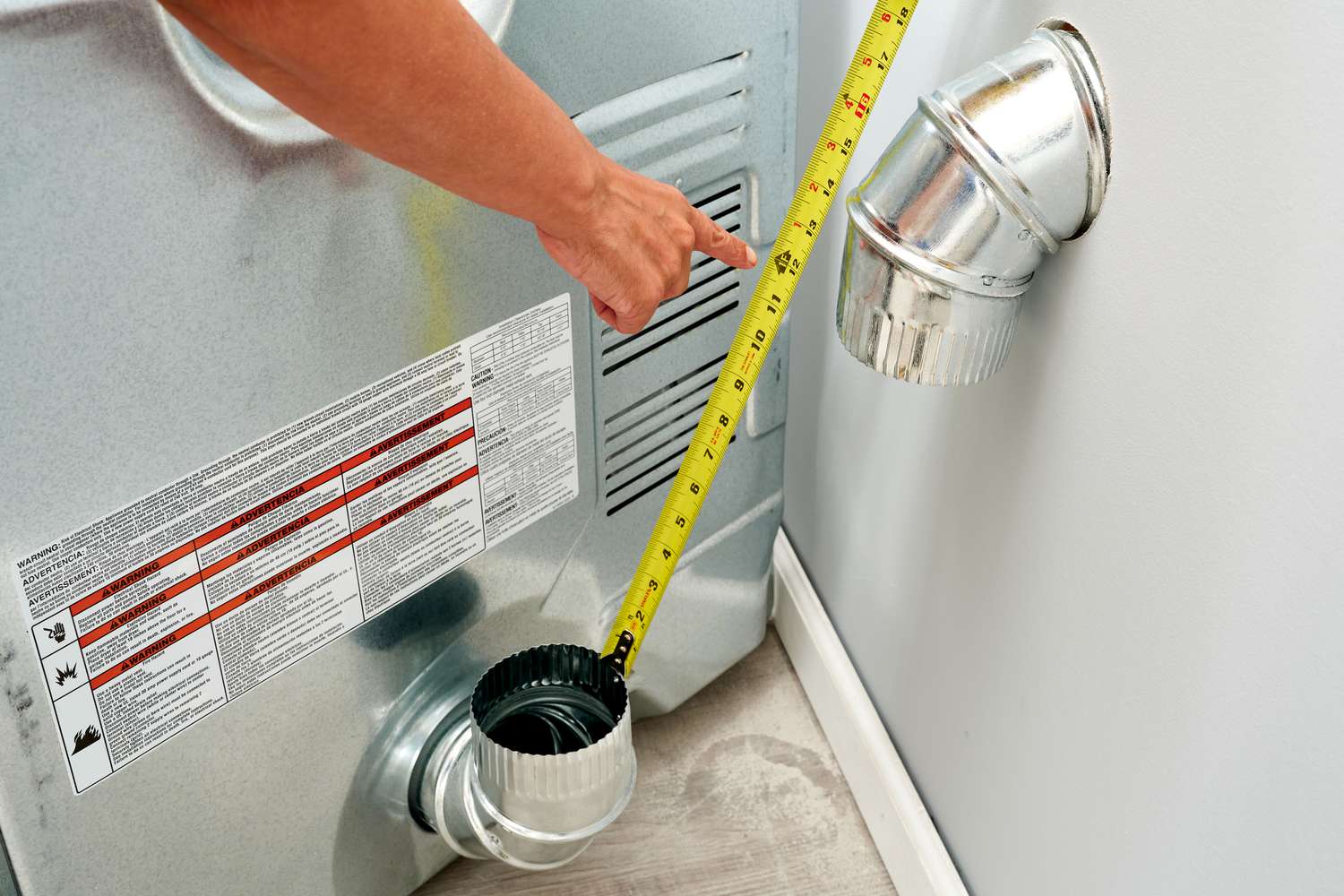Home>Home Maintenance>How Much Does Dryer Repair Cost
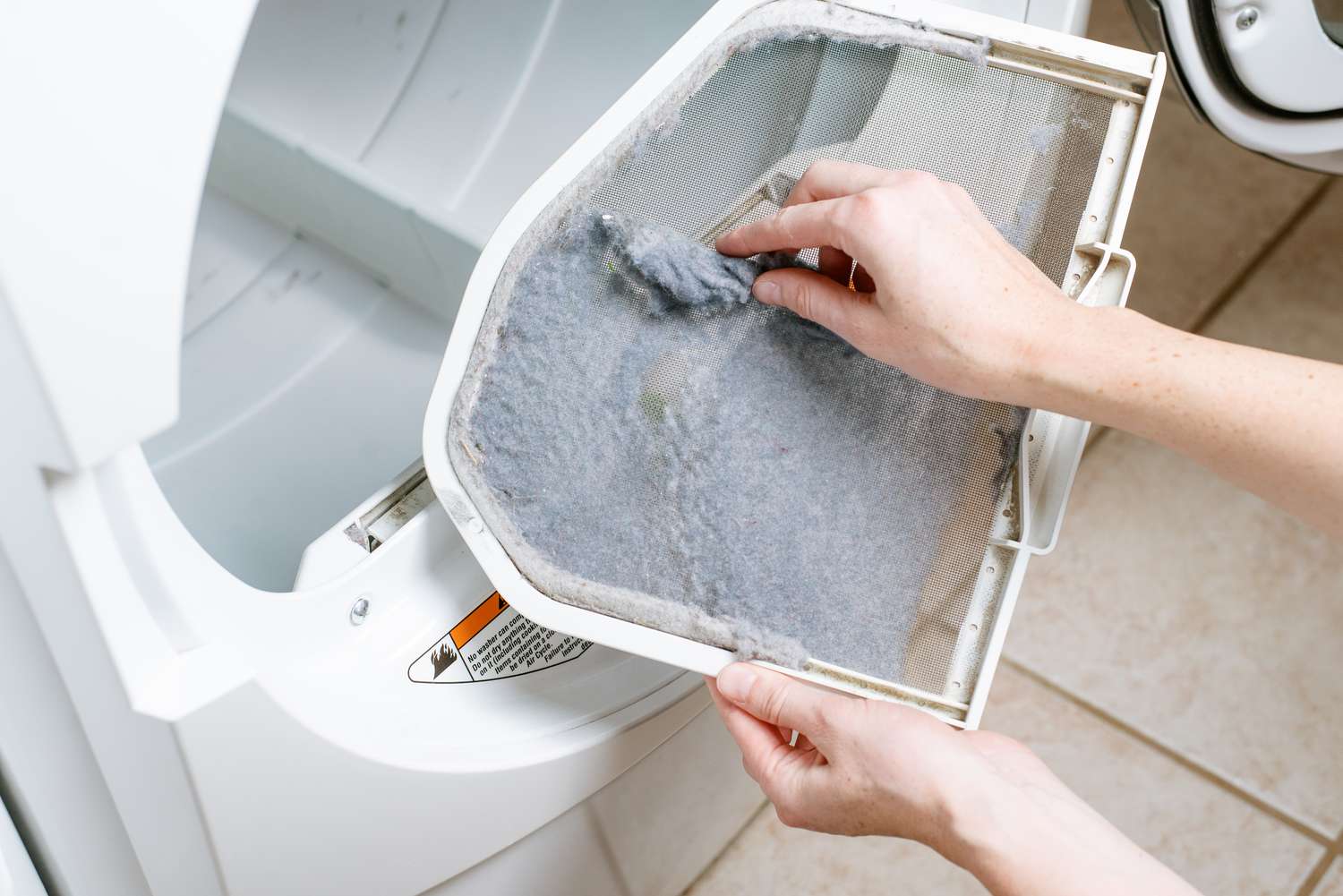

Home Maintenance
How Much Does Dryer Repair Cost
Modified: March 6, 2024
Get an estimate on the cost of dryer repair for your home maintenance needs. Our expert technicians provide affordable and reliable solutions.
(Many of the links in this article redirect to a specific reviewed product. Your purchase of these products through affiliate links helps to generate commission for Storables.com, at no extra cost. Learn more)
Introduction
Welcome to our comprehensive guide on dryer repair costs. If you’re a homeowner, chances are you rely on your dryer to efficiently dry your clothes. However, like any appliance, dryers can experience malfunctions that require repair. Whether it’s a clogged vent, a faulty heating element, or a broken belt, these issues can disrupt your laundry routine and potentially cost you money.
In this article, we’ll delve into common dryer repair issues, factors influencing repair costs, and average prices for different repairs. We’ll also provide tips for saving money on dryer repairs and offer guidance on when it might be more beneficial to consider replacing your old dryer. So, let’s get started!
Key Takeaways:
- Don’t be caught off guard by dryer repair costs! Understand common issues, factors influencing costs, and tips for saving money to keep your dryer running smoothly.
- When facing dryer repair, consider the age, frequency of breakdowns, and repair costs. It may be more cost-effective to replace an old dryer than to continuously invest in repairs.
Read more: How Much Does It Cost To Clean A Chimney
Common Dryer Repair Issues
When it comes to dryer repair, there are several common issues that homeowners may encounter. Understanding these issues can help you diagnose the problem and assess the potential cost of repairs. Here are some of the most frequently seen dryer problems:
- No Heat: One of the most common issues is a dryer that doesn’t produce heat. This could indicate a faulty heating element, a broken thermostat, or a malfunctioning thermal fuse.
- Inadequate Drying: If your clothes are taking longer to dry than usual or are coming out damp, it could be due to a clogged vent or an issue with the dryer’s exhaust system.
- Loud Noises: Unusual sounds like screeching, banging, or rattling can be indicators of a worn-out drum bearing, damaged belt, or malfunctioning motor.
- Overheating: If your dryer is overheating, it could be a sign of a blocked vent, a malfunctioning thermostat, or a faulty heating element.
- Not Turning On: If your dryer simply won’t turn on, it could be due to a blown fuse, a tripped circuit breaker, or a broken power cord.
These are just a few examples of the issues that can occur with a dryer. It’s important to remember that each situation may require different repairs and costs can vary depending on the specific problem.
Factors Influencing Dryer Repair Cost
When it comes to determining the cost of dryer repairs, there are several factors that can influence the final price. Understanding these factors can help you budget for potential repair costs and make informed decisions about whether to repair or replace your dryer. Here are the main factors that can impact the cost of dryer repairs:
- Type of Repair: The type of repair needed will greatly impact the cost. Some repairs, such as replacing a thermostat or a heating element, may be relatively inexpensive. However, more complex repairs, like fixing a motor or a control panel, can be more costly.
- Extent of the Problem: The severity of the issue will also play a role in the repair cost. If the problem is minor and can be easily resolved, the repair cost will likely be lower. However, if the problem is extensive and requires more time and labor to fix, the cost will increase accordingly.
- Parts Required: The cost of replacement parts will impact the overall repair cost. Depending on the brand and model of your dryer, certain parts may be more expensive or harder to find, which can increase the repair cost.
- Labor Charges: Labor charges can vary depending on the service provider and location. Highly skilled technicians or emergency repairs may incur higher labor charges.
- Warranty Coverage: If your dryer is still under warranty, some or all of the repair costs may be covered. It’s important to check the warranty terms and conditions to understand what is included and what is not.
It’s worth mentioning that repair costs can also vary depending on factors like the region you live in and the specific repair company you choose. It’s always a good idea to obtain multiple quotes from different repair providers to ensure you’re getting a fair price.
Average Cost of Dryer Repair
The average cost of dryer repair can vary depending on the type of repair needed, the extent of the problem, and the region you are in. However, to give you a general idea, we’ll provide you with some average price ranges for common dryer repairs:
- Heating Element Replacement: The cost of replacing a heating element can range from $100 to $200, including parts and labor. This repair is common when your dryer isn’t producing heat.
- Belt Replacement: If your dryer’s belt breaks, the average cost to replace it is around $80 to $150. This repair is necessary when your dryer drum isn’t spinning.
- Thermostat Replacement: If your dryer isn’t getting hot enough or is overheating, a faulty thermostat may be the culprit. The average cost for thermostat replacement is between $80 and $150.
- Motor Replacement: When your dryer’s motor dies, replacing it can cost anywhere from $200 to $500, depending on the brand and model of your dryer.
- Vent Cleaning: If your dryer is not drying clothes efficiently, a clogged vent may be the issue. Professional vent cleaning services typically cost around $100 to $200.
Keep in mind that these are rough estimates and prices can vary depending on various factors. It’s always a good idea to get a specific quote from a reliable repair service to get a more accurate understanding of the cost.
When budgeting for dryer repair, consider the cost of parts, labor, and any service fees. Get multiple quotes and ask about warranties to ensure you’re getting the best value for your money.
Cost Breakdown of Common Dryer Repairs
When it comes to repairing your dryer, it’s helpful to understand the breakdown of costs for different repairs. Here’s a breakdown of some common dryer repairs and their respective costs:
- Heating Element Replacement: This repair involves replacing a faulty heating element. The estimated cost of the heating element itself is around $30 to $100, depending on the brand and model of your dryer. The labor cost generally ranges from $70 to $100. So, the average total cost can be between $100 and $200.
- Belt Replacement: A broken belt is a common issue that can prevent the drum from spinning. The cost of a new belt is typically around $10 to $30, while labor can range from $50 to $100. Therefore, the average total cost can be between $80 and $150.
- Thermostat Replacement: If your dryer’s thermostat is malfunctioning, replacing it can be necessary. The cost of a new thermostat usually ranges from $20 to $50, and the labor cost can be around $60 to $100. The average total cost for thermostat replacement is typically between $80 and $150.
- Motor Replacement: A faulty motor may require replacement, which can be more expensive compared to other repairs. The cost of a new dryer motor can range from $150 to $300, and labor costs can be between $50 and $100. So, the average total cost can be between $200 and $500 or more.
- Vent Cleaning: If your dryer has airflow issues due to a clogged vent, professional vent cleaning services can help resolve the problem. The cost of vent cleaning generally ranges from $100 to $200, depending on the complexity of the job and the service provider.
It’s important to note that these cost breakdowns are approximate and can vary depending on factors such as location, the specific repair company, and the brand and model of your dryer.
Read more: How Much Does It Cost To Replace A Chimney
Tips for Saving Money on Dryer Repair
Dryer repairs can be costly, but there are several ways you can save money and minimize expenses. Here are some tips to help you save money on dryer repairs:
- Regular Maintenance: Regularly clean the lint screen and dryer vent to prevent clogs and improve airflow. This simple maintenance task can extend the lifespan of your dryer and reduce the likelihood of costly repairs.
- DIY Troubleshooting: Before calling a professional, try troubleshooting the issue yourself. Check for simple problems like a blown fuse, tripped circuit breaker, or loose power cord. Many minor issues can be resolved without professional help.
- Comparison Shop: Obtain quotes from multiple repair companies to compare prices. Look for experienced technicians who offer competitive rates without compromising quality. Remember, the cheapest option may not always be the best choice, so consider the reputation and reviews of the service provider.
- Consider Warranty Coverage: If your dryer is still under warranty, check the coverage details. Some repairs may be covered, meaning you won’t have to pay out-of-pocket expenses. Be sure to follow the warranty guidelines for service and repairs.
- Do-It-Yourself Repairs: If you have the necessary skills and knowledge, you can save money by performing basic repairs yourself. However, keep in mind that more complex repairs should be left to professionals to avoid causing further damage.
- Explore Used Parts: If a repair requires parts replacement, consider buying used parts instead of brand new ones. Used parts can be significantly cheaper and still function well. Just make sure they are in good condition and compatible with your dryer.
- Consider Repair vs. Replacement: When facing a costly repair, evaluate the overall condition and age of your dryer. If it’s an older model or has a history of frequent breakdowns, it might be more cost-effective in the long run to invest in a new dryer instead of multiple repairs.
By following these tips, you can potentially save money on dryer repairs and make informed decisions about how to handle any necessary repairs or maintenance.
When to Consider Replacing Your Dryer
While repairing a malfunctioning dryer is often the first choice, there are certain situations where it may be more practical and cost-effective to consider replacing your old dryer. Here are some factors to consider when deciding whether to repair or replace your dryer:
- Age of the Dryer: As dryers age, they are more prone to experiencing multiple breakdowns and malfunctions. If your dryer is approaching or has already exceeded its expected lifespan (typically around 10-15 years), it may be more sensible to replace it instead of continuously spending money on repairs.
- Frequency of Breakdowns: If your dryer requires frequent repairs and seems to be in a constant state of malfunction, it may be a sign that it has reached the end of its lifespan. Continuously repairing an old dryer can become expensive in the long run, so replacing it could be a more cost-effective option.
- Repair Costs: Evaluate the cost of repairs compared to the value and age of the dryer. If the repair cost is 50% or more of the cost of a new dryer, it’s generally more economical to invest in a replacement. Additionally, if multiple major components need to be replaced, it may be better to consider a new appliance.
- Energy Efficiency: Older dryers tend to be less energy-efficient, resulting in higher utility bills. If your dryer is outdated and consumes excessive energy, upgrading to a newer, energy-efficient model can lead to long-term savings on your energy costs.
- Changes in Lifestyle or Needs: Consider any changes in your household, such as an increase in laundry volume or the need for specific features, like steam drying or advanced settings. If your current dryer no longer meets your requirements, it may be worthwhile to replace it with a more suitable model.
- Warranty or Extended Coverage: If your dryer is still under warranty or you have extended coverage, it’s important to review the terms and conditions. If the repair needed is covered, taking advantage of the warranty or coverage benefits may be the most cost-effective solution.
Ultimately, the decision to replace your dryer depends on a combination of factors, including its age, repair history, repair costs, energy efficiency, and personal needs. It’s recommended to consult with a professional appliance technician who can assess the condition of your dryer and provide expert advice on whether repairing or replacing is the best course of action.
Conclusion
Maintaining a properly functioning dryer is essential for efficient and convenient laundry tasks. However, when faced with dryer repair issues, it’s important to understand the common problems, factors influencing repair costs, and potential ways to save money.
By being aware of common dryer issues like heating element failure, inadequate drying, or loud noises, you can identify problems early and take timely action. Understanding the factors that impact repair costs, such as the type of repair, extent of the problem, parts required, labor charges, and warranty coverage, allows you to budget effectively.
Having an idea of the average cost range for common dryer repairs, like heating element replacement, belt replacement, thermostat replacement, motor replacement, and vent cleaning, helps you gauge how much you may need to spend on repairs.
To minimize expenses, follow tips for saving money on dryer repairs, including regular maintenance, DIY troubleshooting, comparison shopping for repair quotes, considering warranty coverage, attempting DIY repairs when practical, exploring used parts, and evaluating the cost-effectiveness of repair versus replacement.
Lastly, knowing when to consider replacing your dryer is important. Factors such as the age of the dryer, frequency of breakdowns, repair costs, energy efficiency, and changes in lifestyle or needs should be taken into account when making that decision.
In conclusion, by being proactive in maintaining your dryer, being aware of common issues, understanding repair costs and ways to save money, and considering replacement when necessary, you can ensure that your dryer remains in excellent working condition and meet your needs for years to come.
Frequently Asked Questions about How Much Does Dryer Repair Cost
Was this page helpful?
At Storables.com, we guarantee accurate and reliable information. Our content, validated by Expert Board Contributors, is crafted following stringent Editorial Policies. We're committed to providing you with well-researched, expert-backed insights for all your informational needs.
